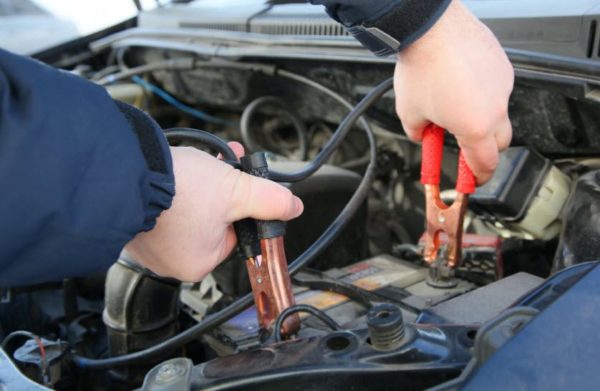Unfortunately, trying to start your car only to find that the battery is flat, is a common problem that motorists have. Whether you accidentally left the lights on overnight or spent too long listening to the radio while the engine was off, you may find yourself needing to jump start your car.
In this guide, we share why jumpstarting is the preferred way to start-up a car with a flat battery, along with the process you can follow to get your vehicle back on the road:
A guide to jump starting a car
When a vehicle’s battery has gone flat, jump starting is the method you can use to supply electricity to it, in order to get it running again. When the battery dies, you’ll need a ‘jump’ or assistance to help restart the motor.
Things you will need
In order to jump start a car, you will need:
- Jump leads that are free from rust to transfer the electricity
- Another person to help
- A vehicle with a fully-functioning battery
How to jumpstart a car
Once you have all of the equipment listed above, you should follow these steps:
1. Park the cars
The first thing you should do when jump starting a car is park both vehicles facing each other. This allows the batteries to be closer together, which is necessary if you’re using shorter jump leads.
Both cars should be parked in a neutral gear with their handbrakes on. The ignitions should also be turned off.
2. Attach the jump leads
Open both bonnets and attach the jump leads. The red clip will need to be connected to the positive terminal (+) of the working car battery; the other end should also be on the positive terminal of the faulty car battery.
Then, repeat the process with the black cable on the negative terminal (-) of the battery on both vehicles.
You should check that the cables’ connections are secure and the clamps are tightly fastened before switching on the engines. Never use faulty jump leads to make this connection.
3. Allow the battery to charge
As soon as the leads are connected, you should turn on the vehicle with the fully-functioning battery, then start the faulty car engine. Remember that the battery of the faulty car may take a while to charge, so you should allow at least ten minutes before disconnecting the jump leads.
In order to ensure that the battery is charged and won’t need to be jumpstarted again, keep the faulty car running. Ideally, you should drive the vehicle around for ten minutes. This will allow the battery time to recharge itself.
As you can see, jump starting your car is a simple process that can be done by the side of the road in a matter of minutes. If you’re still unsure how to jump start your car and need assistance on the phone, contact a mechanic who will be able to talk you through each stage.









